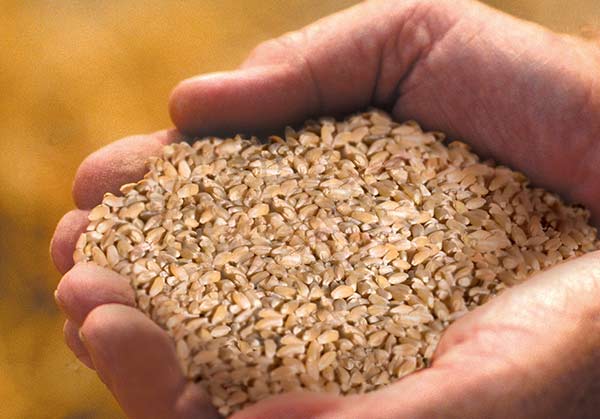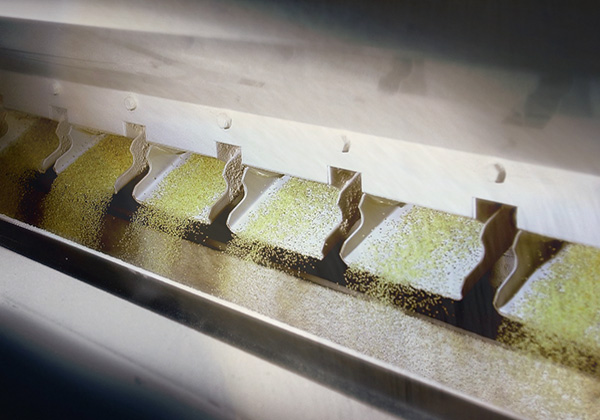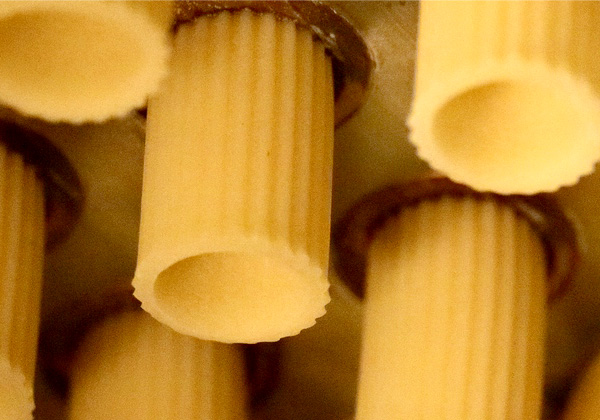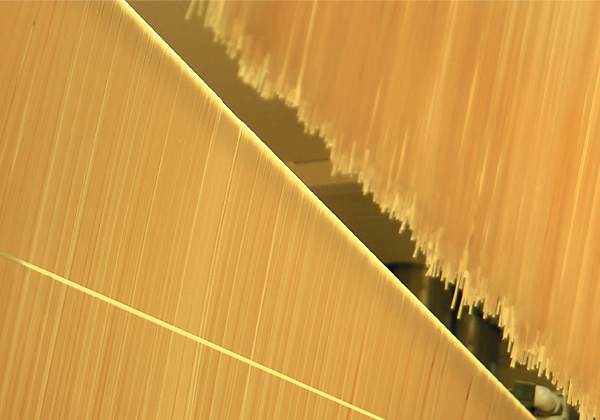Riso Arborio
This is one of the most popular rice varieties in Italy, thanks to its shape and texture. The plump grain rice maintains its consistency throughout cooking. During cooking, the heat penetrates the most peripheral area of the grain, leaving the central core (rich in starch) ‘al dente’.
This is what makes it suitable for all types of risottos, which can be deliciously creamy, as well as for timbales and ‘supplì’ (Rome’s mozzarella-filled rice croquettes). Arborio rice is named after the town of the same name in Vercelli where it was first selected in 1946, derived from the Vialone cultivar.
Even today, these areas of the Po Valley are the largest producers of Arborio rice.
- Tillagning: 14-16 min
Guarda il video
Vår metod
Uppmärksamhet, hänsyn, erfarenhet, kvalitet i alla faser: från kvarnen till ditt bord.
Det kan också intressera dig
Riso Carnaroli
Det är helt klart det bästa av alla italienska rissorter.
Det är till exempel perfekt för tillagning av lyxiga rätter och regionala specialiteter. Risets stora gryn och
dess förmåga att ta in och förstärka olika smaker och livsmedel garanterar ett perfekt resultat vid tillagning av risotto, timbaler och rissallader. Dess ypperliga kokegenskaper gör den extremt mångsidig och är det perfekta riset för speciella tillfällen. Carnarolisriset började att odlas
1945 genom att korsa rissorterna Vialone och Leoncino. Provinsen Pavia har specialiserat sig på att odla denna rissort och än idag produceras mer än 60% av allt Carnaroliris här.
Ta reda på mer






